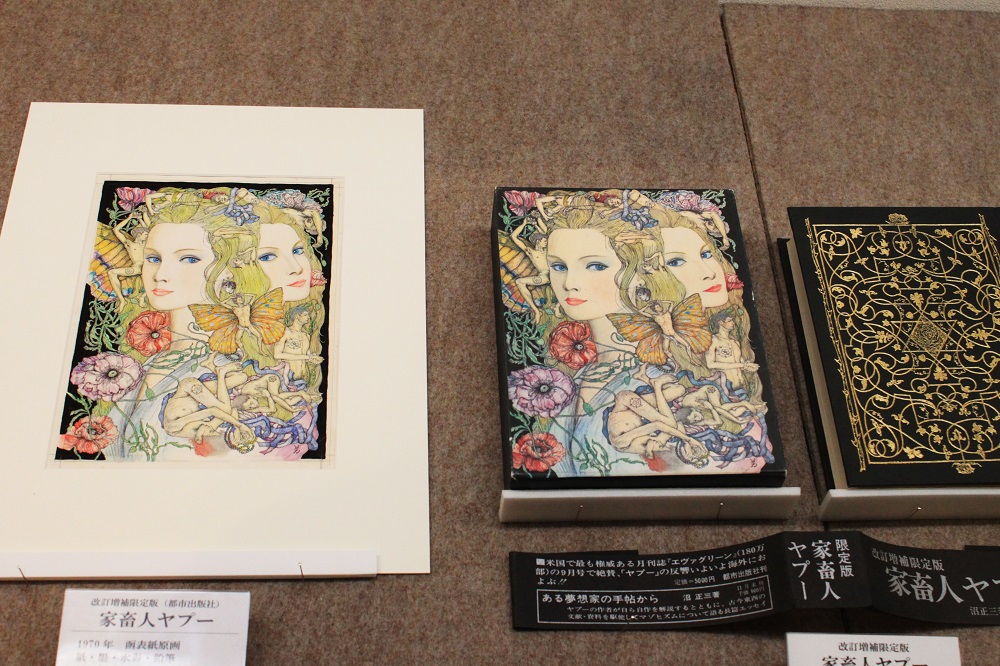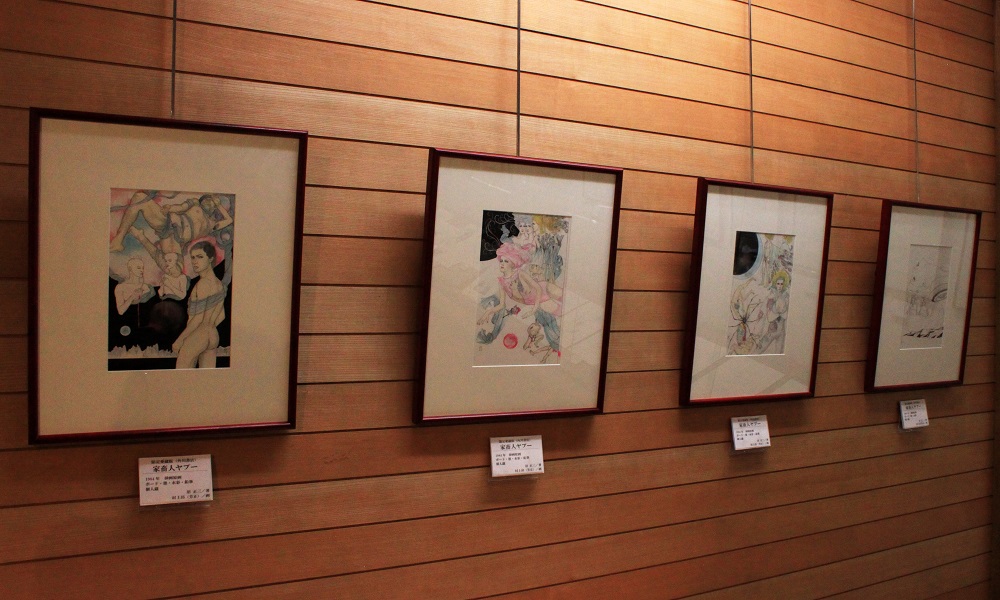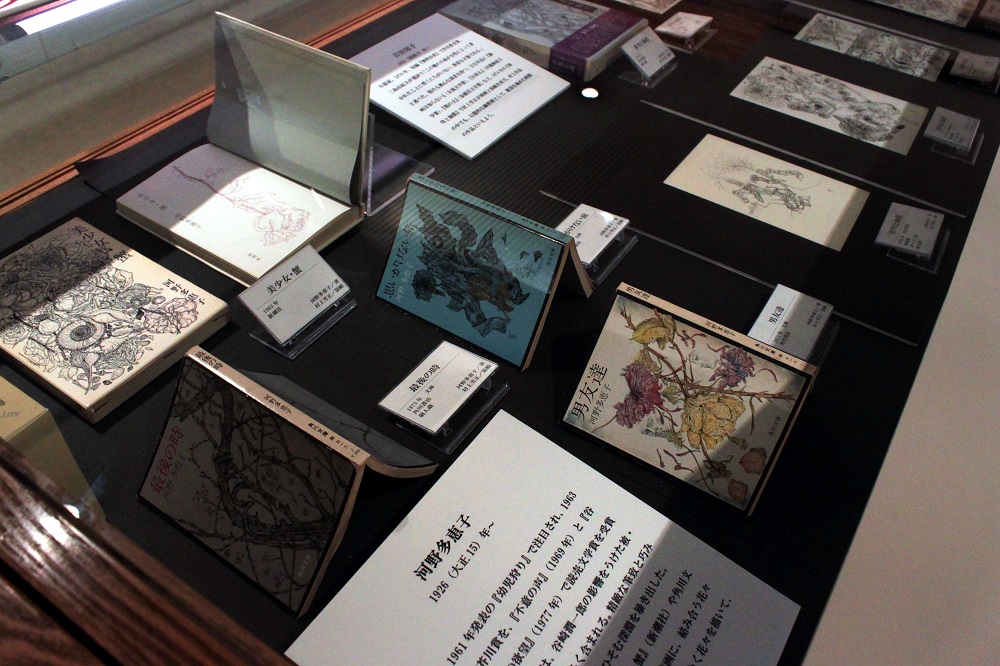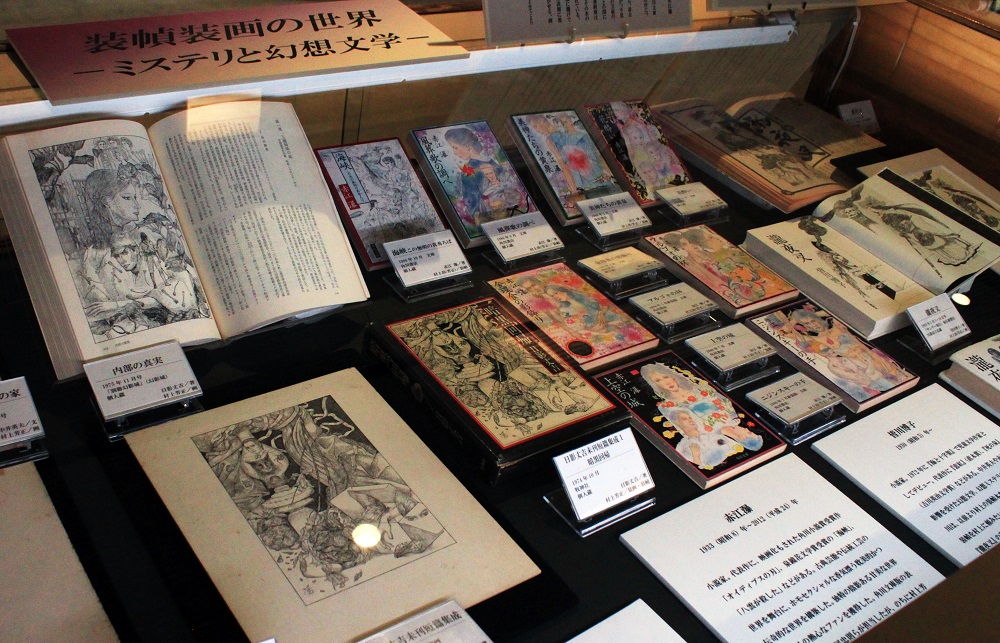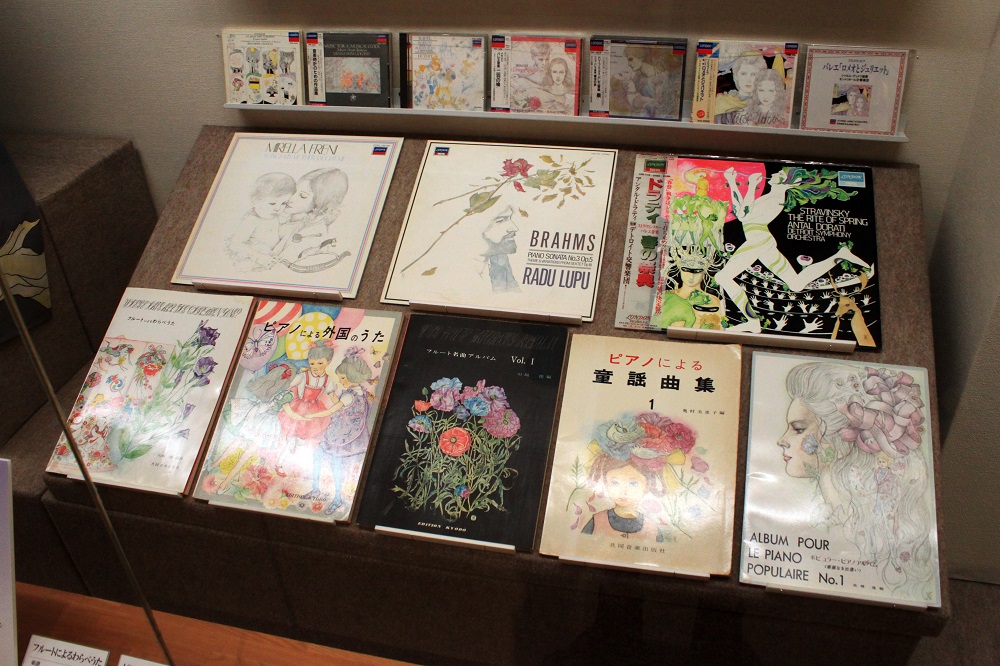Yoshimasa Murakami: Human Cattle and Other Fancies
- Published 2013.8.08
In The Book of Tea, Okakura Tenshin bemoaned the Western "web of facts and fancies" surrounding the East. In response to that Orientalist conception of Asia, he gently, mockingly assures his readers that "Asia returns the compliment" with "all that we have imagined and written"(1) about the West.
Certainly, Western readers in the 1960s might have been appalled had they been able to read Shozo Numa's "Yapoo, Human Cattle", a novel serialized in cult SM magazine Mystery Club and finally published in book form after two years. (It still hasn't been translated into English yet.) Numa "reexamines the implications of imperialism for gender, class and race from the Japanese perspective,"(2) and imagines a world 2000 years in the future where Caucasian women are at the top of the racial hierarchy. Black people are slaves, while the Japanese ŌĆō the only surviving Asians in this world ŌĆō are 'manimals' to be used in all kinds of grotesque, deviant ways for sexual pleasure and practical use.
It is the illustrations for this novel that greet you as you walk into the first floor gallery of the Yayoi Museum's current exhibition, which centers on the works of Yoshimasa Murakami. At first glance, you might write his work off as merely 'pretty', but his distinctively intricate, hyper-aesthetic, delicate style adds an additional macabre dimension to the illustrations for "Yapoo, Human Cattle."
Even without having read the novel, one is quite transfixed by these strangely beautiful and macabre drawings. A winged horse with humanoid features gazes sorrowfully at the viewer. A slender Caucasian woman lounges atop a human sofa. Wisps of blue smoke rise from a rectangular pit of compressed, entangled, yellow human bodies. Streamers emerge from a pair of splayed human legs; below this 'ceiling decoration', blonde ladies enjoy a spectacle on a table much like a gladiator ring fight in miniature.
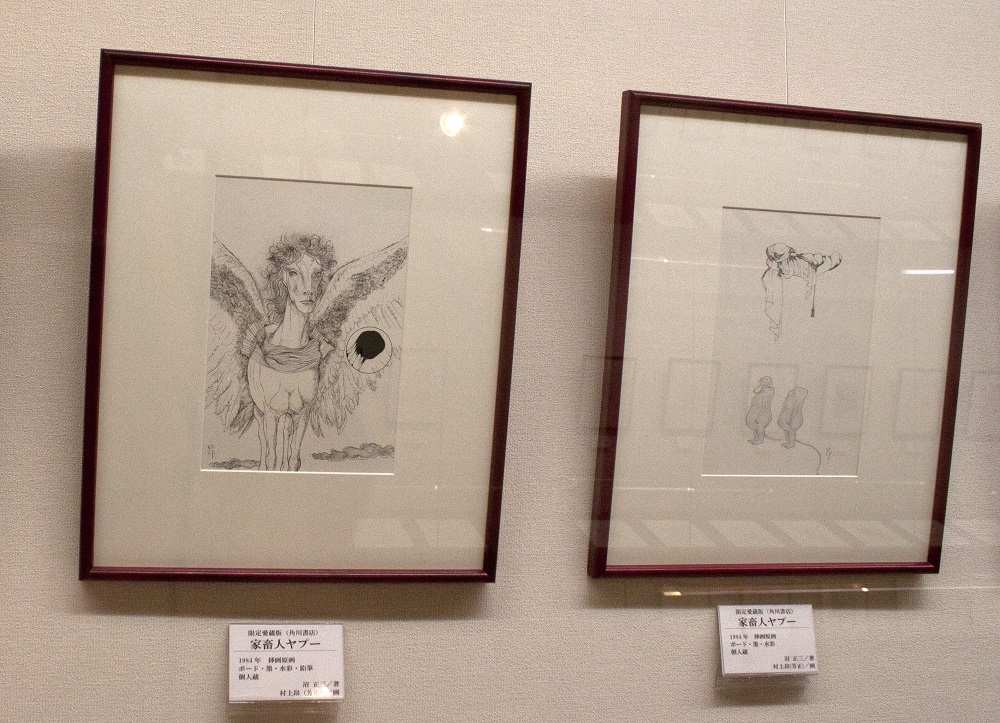
The initial set of illustrations from 1970 focuses on the subjects m, which float in an undefined white space. At times the figures, which are almost diagrammatic in their precise lines, can seem a little too stiff and stylized. However, Murakami's second set of illustrations for the same novel, done in the 1980s, shows a marked advancement in style and more experimental, confident and interesting compositions.
Despite having an intensely precise and detailed style ŌĆō no easy task to reproduce in printed form ŌĆō Murakami was extremely prolific in the 1970s, and produced book cover drawings for novelists such as Mishima Yukio, Kono Taeko and Yoshida Tomoko, as well as Western authors such as Alcott and Montgomery.
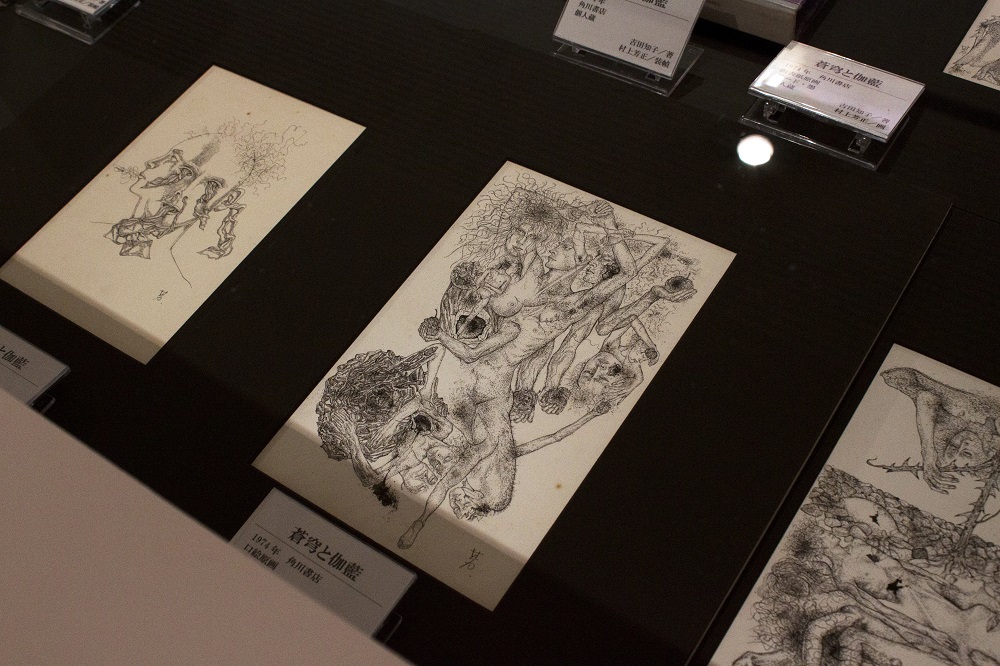
His book covers often featured his signature overlapping of human figures and or flowers. As the exhibition continues, however, it becomes evident that he was not just limited to books ŌĆō he also produced movie posters and illustrations for classical music record covers and scores, even designing stage costumes at one point during his illustrious career.
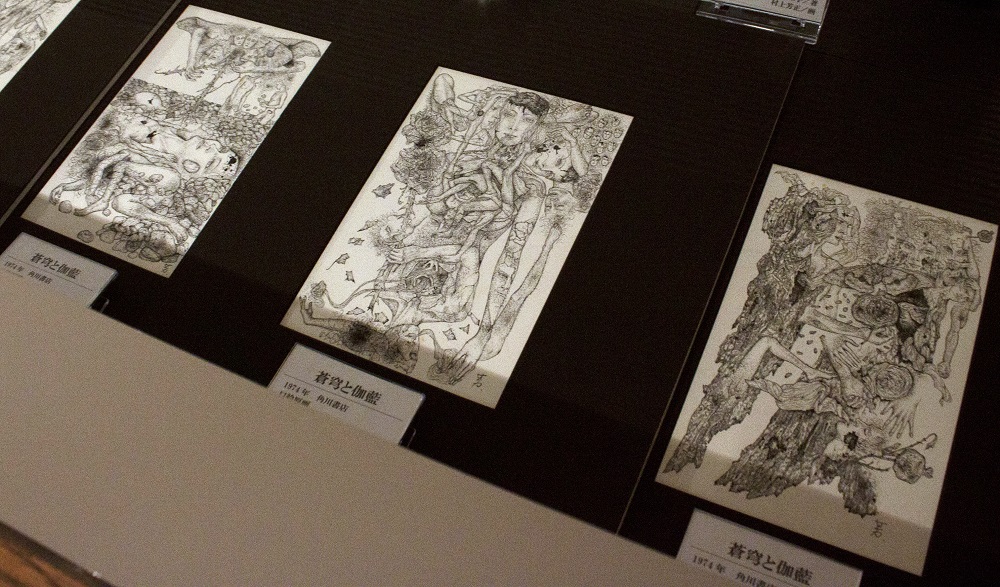
One may notice that not a single figure in Murakami's drawings is depicting smiling, or happy ŌĆō mostly pensive, wistful, lost-looking. Indeed, he seems drawn towards more nihilistic, tragic manuscripts; even the botanical motifs he employs often in his work are usually depicted in various stages of death. Viewers may emerge from this exhibition a little more pensive than usual ŌĆō but certainly appreciative of his wonderfully intricate style and beautiful drawings, and possibly filled with a morbid desire to read "Yapoo, Human Cattle."
References
(1)Okakura, Tenshin. The Book of Tea
(2)Tatsumi, Takayuki. 2006. "Comparative Metafiction: Somewhere between Ideology and Rhetoric." In: Full Metal Apache: Transactions between Cyberpunk Japan and Avant-Pop America. Duke University Press, 57.
Yoshimasa MurakamiŌĆö Mishima's Last Book Illustrator
Yayoi Museum, 2-4-3 Yayoi, Bunkyo-ku
Runs until September 29th (Sunday)
10:00~17:00 (Last entry: 30 minutes before closing) Closed Mondays (except August 12th, September 16th, 23rd September)
Adults: 900 yen; senior high school/university students: 800 yen; junior high school student/younger: 400 yen. Also includes entry to the Takehisa Yumeji Museum.
Recommended links:
Summary of "Yapoo, Human Cattle" (English)

